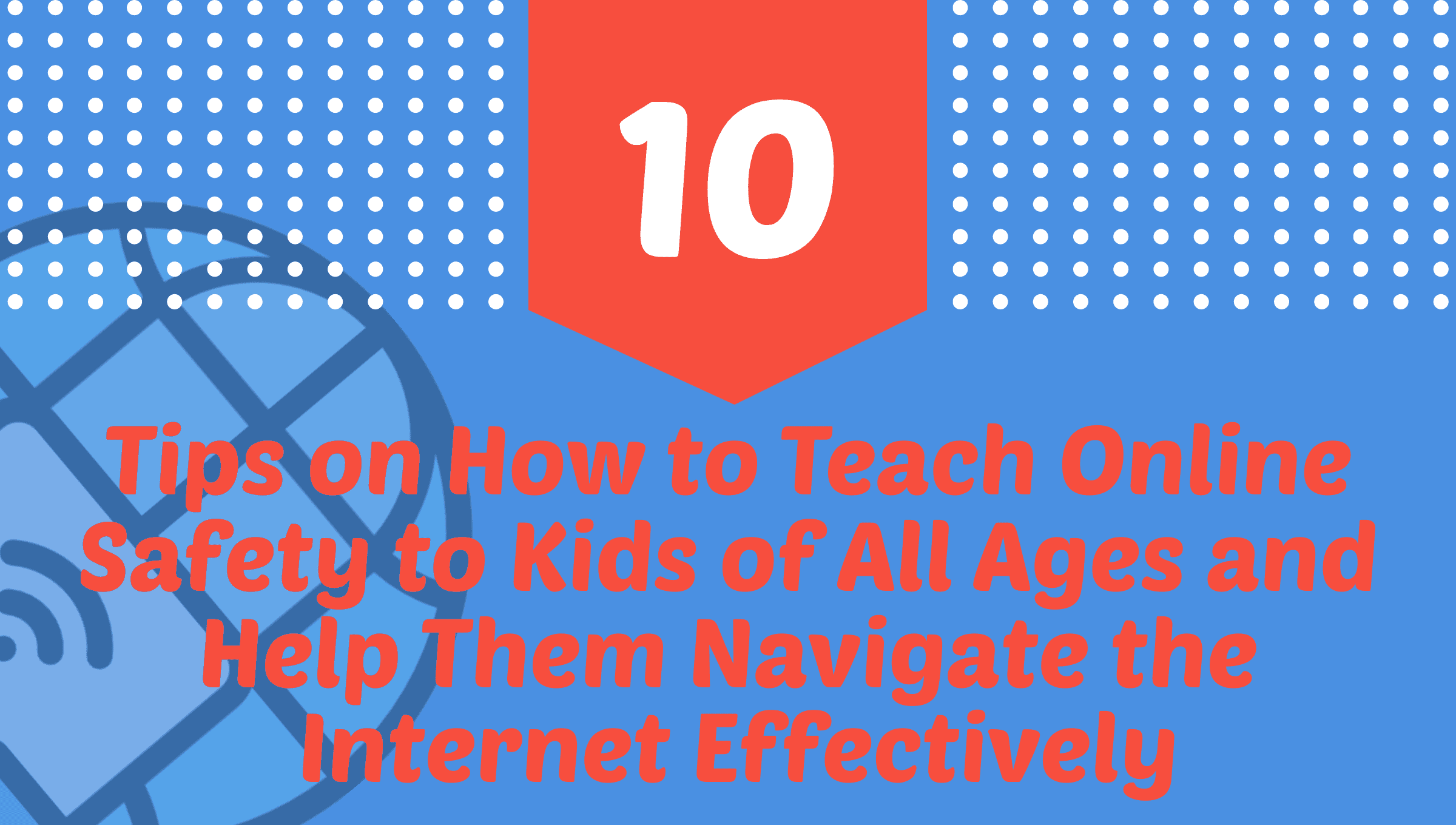
The average age for children to start using a cell phone varies depending on the child and their family’s circumstances. However, according to a recent survey by Common Sense Media, the average age for children to receive their first smartphone is 10 years old. Some children may receive a cell phone earlier or later depending on factors such as their need for communication, their ability to use the device responsibly, and parental preferences.
Exploring the Pros and Cons of Child Cell Phone Usage
Child cell phone usage is a topic of debate among parents, educators, and experts. Here are some of the potential pros and cons of child cell phone usage:
Pros:
- Communication: Cell phones can provide children with a way to stay connected with their parents, friends, and family, which can be especially important in emergency situations.
- Safety: GPS tracking and emergency features on some cell phones can help parents locate and communicate with their children in case of an emergency.
- Convenience: Cell phones can make it easier for children to stay organized, access information, and complete school assignments.
Cons:
- Screen time: Excessive screen time can lead to negative impacts on children’s physical and mental health, including sleep disturbances, obesity, and behavioral issues.
- Cyberbullying: Cell phones can provide a platform for cyberbullying, which can have serious emotional and psychological consequences for children.
- Cost: Cell phones can be expensive to purchase and maintain, which can place a financial burden on families.
- Distractions: Cell phones can be a distraction from schoolwork, social interaction, and other important activities.
Ultimately, the decision to give a child a cell phone should be based on the individual child’s needs and circumstances, as well as the parents’ comfort level and ability to set appropriate limits on cell phone usage. By being aware of the potential pros and cons of child cell phone usage, parents can make informed decisions that support their child’s well-being.
Setting limits on screen time is an important aspect of responsible cell phone use for children. Here are some tips for setting limits on screen time:
- Set age-appropriate guidelines: Consider your child’s age, developmental stage, and needs when setting screen time limits. For younger children, it may be appropriate to limit screen time to a few hours a day, while older children may be able to handle more screen time.
- Encourage balance: Encourage your child to engage in a variety of activities, such as outdoor play, reading, and spending time with friends and family. Help your child understand that screen time is just one part of a healthy and balanced lifestyle.
- Create a schedule: Establish a consistent schedule for screen time, such as limiting it to certain times of the day or days of the week. Consider using apps or tools to monitor and limit screen time.
- Set boundaries: Establish clear boundaries for how and when your child can use their cell phone, such as limiting phone use during meals, before bed, or during family time.
- Model responsible behavior: Model responsible cell phone use yourself, and talk to your child about the importance of using technology in a safe and responsible way.
Navigating the Digital Landscape: Child Cell Phone Usage in Perspective
As the age at which children receive their first cell phone continues to decline, it becomes imperative for parents and guardians to navigate the digital landscape thoughtfully. Understanding both the advantages and drawbacks of child cell phone usage is pivotal in making informed decisions that promote a healthy and balanced childhood.
The Pros of Child Cell Phone Usage:
- Communication: One of the undeniable benefits of child cell phone usage is the enhanced communication it offers. In an era where connectivity is key, cell phones provide a platform for children to stay in touch with parents, friends, and family.
- Safety Features: Many modern cell phones come equipped with GPS tracking and emergency features. These tools empower parents to locate and communicate with their children swiftly in case of unforeseen circumstances, providing an additional layer of security.
- Convenience and Organization: Cell phones can be valuable tools for helping children stay organized. From managing schedules to accessing educational resources, these devices offer a level of convenience that can positively impact a child’s daily life.
The Cons of Child Cell Phone Usage:
- Screen Time Challenges: The rise of child cell phone usage is accompanied by concerns about excessive screen time. Research indicates that prolonged screen exposure can contribute to sleep disturbances, obesity, and behavioral issues in children.
- Cyberbullying Risks: The digital realm introduces the risk of cyberbullying, a serious concern with emotional and psychological consequences for children. Parents must be vigilant in monitoring their child’s online interactions and fostering an environment where open communication about such issues is encouraged.
- Financial Considerations: The cost associated with purchasing and maintaining cell phones can pose a financial burden on families. It’s crucial for parents to weigh the economic aspects and ensure that providing a cell phone aligns with their overall budget.
- Distractions from Important Activities: Cell phones, if not used responsibly, can become distractions from crucial activities such as schoolwork, social interaction, and family time. Establishing healthy boundaries is essential to mitigate these distractions.
Setting Screen Time Limits: A Parental Imperative
Recognizing the potential challenges, setting screen time limits emerges as a key strategy for responsible child cell phone use. Here are actionable tips for parents navigating this aspect:
- Age-Appropriate Guidelines: Tailor screen time limits based on your child’s age, developmental stage, and individual needs. Younger children may benefit from shorter durations, gradually adjusting as they mature.
- Encouraging Balance: Promote a balanced lifestyle by encouraging a variety of activities beyond screens. Outdoor play, reading, and social interactions should complement, not compete with, screen time.
- Creating a Consistent Schedule: Establish a routine for screen time, specifying certain times of the day or days of the week. Consistency aids in managing expectations and helps children develop healthy habits.
- Setting Clear Boundaries: Clearly communicate rules regarding cell phone use, especially during specific times like meals, bedtime, or family activities. Setting boundaries fosters a sense of responsibility and respect for non-digital activities.
- Modeling Responsible Behavior: Children learn by example. Model responsible cell phone use yourself, illustrating the importance of using technology in a safe and balanced manner. Engage in open conversations about digital responsibility.
As children seamlessly integrate into the digital landscape, it’s the collective responsibility of parents, educators, and society to guide their journey. The next section will explore strategies for fostering digital literacy in children, empowering them to navigate the online world responsibly.
Fostering Digital Literacy: Empowering Children in the Online World
In an era where digital proficiency is increasingly vital, fostering digital literacy in children becomes a cornerstone of responsible parenting. By equipping children with the skills and knowledge to navigate the online world, parents can instill a sense of responsibility and resilience in the face of digital challenges.
Strategies for Building Digital Literacy:
- Open Communication: Establish an open line of communication with your child regarding their online experiences. Encourage them to share any concerns, questions, or encounters they may have, fostering a trusting relationship.
- Teach Critical Thinking: Instill the importance of critical thinking when consuming online content. Help children differentiate between reliable and questionable sources, empowering them to make informed decisions in a vast digital landscape.
- Online Etiquette: Teach children the principles of good online behavior, emphasizing the significance of respect and kindness in virtual interactions. Address the consequences of cyberbullying and the importance of treating others as they would in face-to-face interactions.
- Privacy Awareness: Instill a sense of privacy awareness by teaching children to safeguard their personal information online. Help them understand the potential risks associated with sharing sensitive details and the importance of maintaining a level of discretion.
- Digital Footprint Understanding: Explain the concept of a digital footprint—the trail of online activities and interactions that leaves a lasting impression. Emphasize the long-term consequences and encourage responsible online conduct.
- Supervision and Monitoring: While fostering independence is essential, maintaining a level of supervision and monitoring is equally crucial, especially for younger children. Utilize parental controls and monitoring tools to ensure a safe online environment.
The Role of Schools and Educators:
- Incorporate Digital Literacy Education: Schools play a vital role in complementing parental efforts. Incorporating digital literacy education into the curriculum can provide structured learning experiences that equip children with the necessary skills.
- Cybersecurity Education: Educate children about cybersecurity measures to protect themselves from online threats. Topics such as creating strong passwords, recognizing phishing attempts, and understanding online security protocols should be included in educational programs.
- Encourage Positive Technology Use: Promote the positive aspects of technology use, such as creativity, collaboration, and learning opportunities. By highlighting these benefits, educators can shape a positive attitude toward technology.
Conclusion: Striking a Balance in the Digital Age
As we navigate the landscape of child cell phone usage, screen time limits, and digital literacy, it’s evident that finding a balance is key. The digital age presents both opportunities and challenges, and our collective responsibility is to guide children toward responsible and mindful technology use.
In conclusion, the journey of introducing children to cell phones is a multifaceted one that requires ongoing engagement, adaptability, and informed decision-making. By considering the unique needs of each child, setting appropriate boundaries, and fostering digital literacy, parents can navigate this digital age with confidence.
As we move forward, let us continue to evolve our strategies, staying attuned to the ever-changing digital landscape and ensuring that the next generation grows up equipped to harness the benefits of technology while navigating its challenges with resilience and responsibility.



